- Armor Blog
- Technical
- A Closer Look At Base Oil Groups And Their Applications
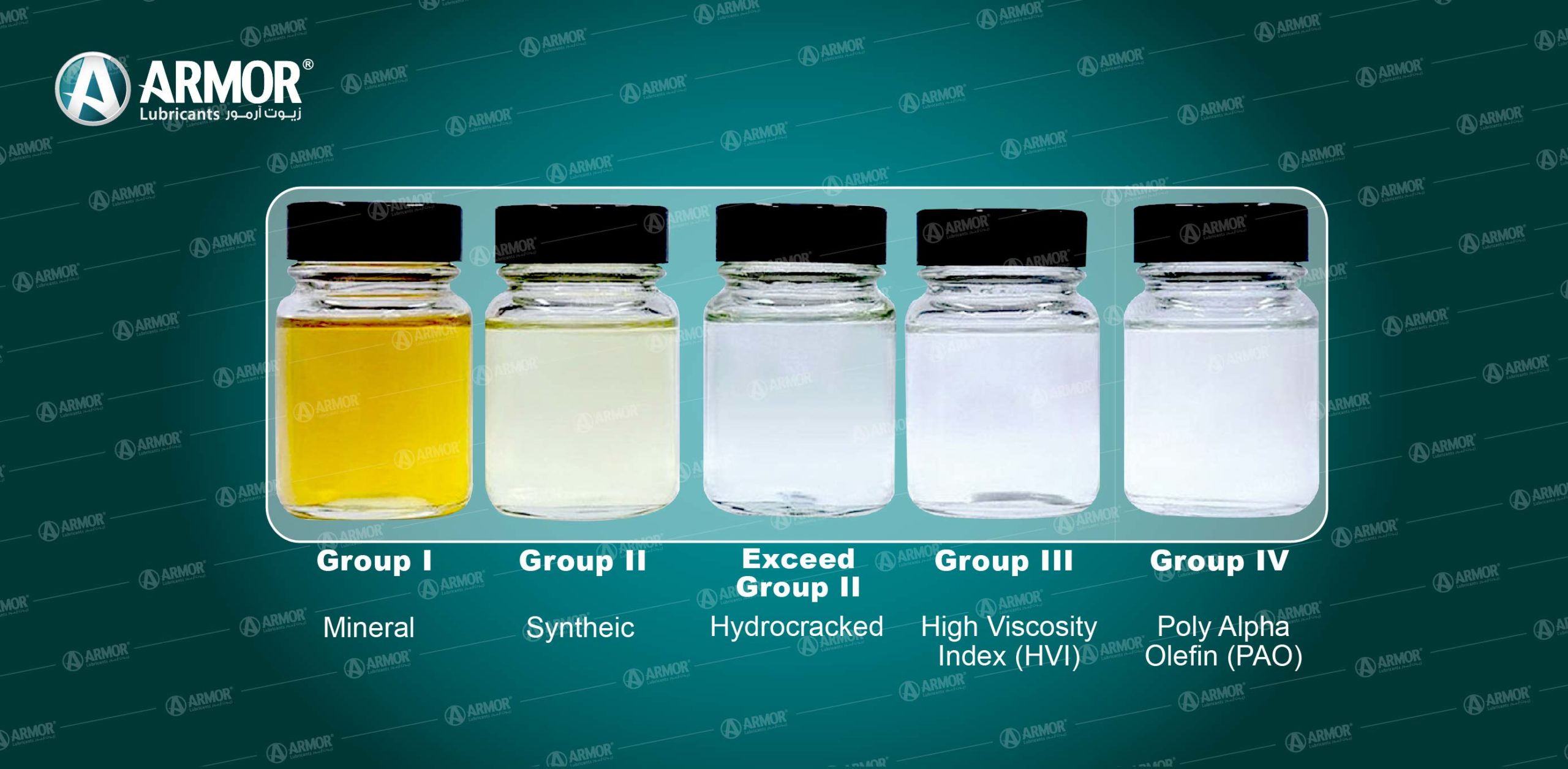
It’s tempting to think that all oils are essentially the same. They might be more viscous depending on the application they’re intended for, but underneath it all, they’re really just plain old oil, right? Actually, that’s only partially right. In order to make informed decisions regarding machinery and vehicle maintenance, it’s important to understand the five base oil groups and API base oil definitions.
The Base Oil Groups
There are actually five base oil groups today. The first three are focused solely on refined petroleum products. That is, all the oils that fall within those three categories began their life as crude oil and were refined from that point. The fourth group consists of synthetic oils developed in a laboratory rather than from crude oil. The fifth and final group contains any oil that is not derived from petroleum and is not synthetic
Group I – Oils
in this group contain greater than 0.03% sulfur and fall between 80 and 120 on the viscosity index. They are also usually under 90% saturates. These oils can perform in temperatures from 32 degrees F to 150 degrees F and are solvent-refined, making them the most affordable options on the market.
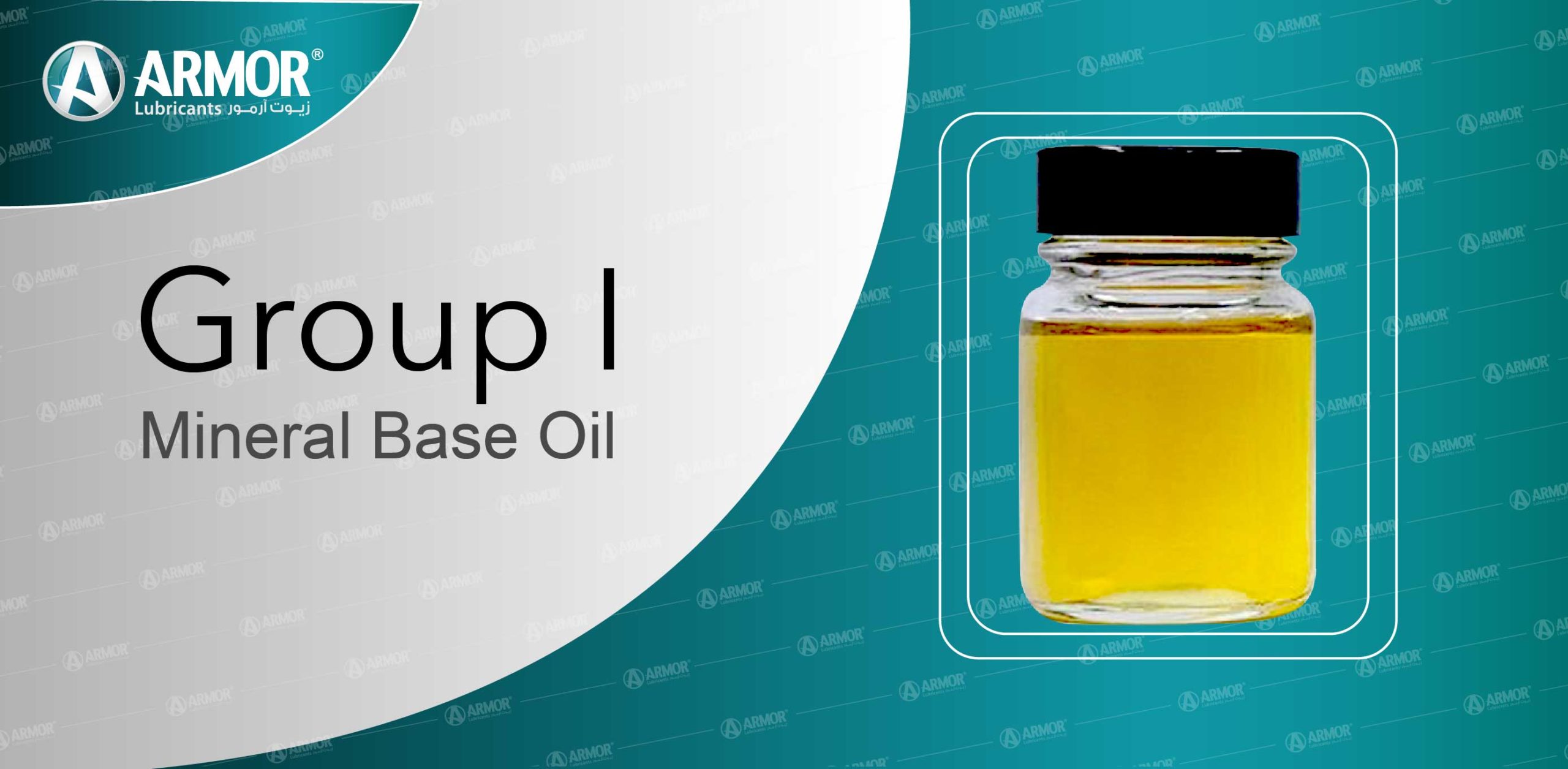
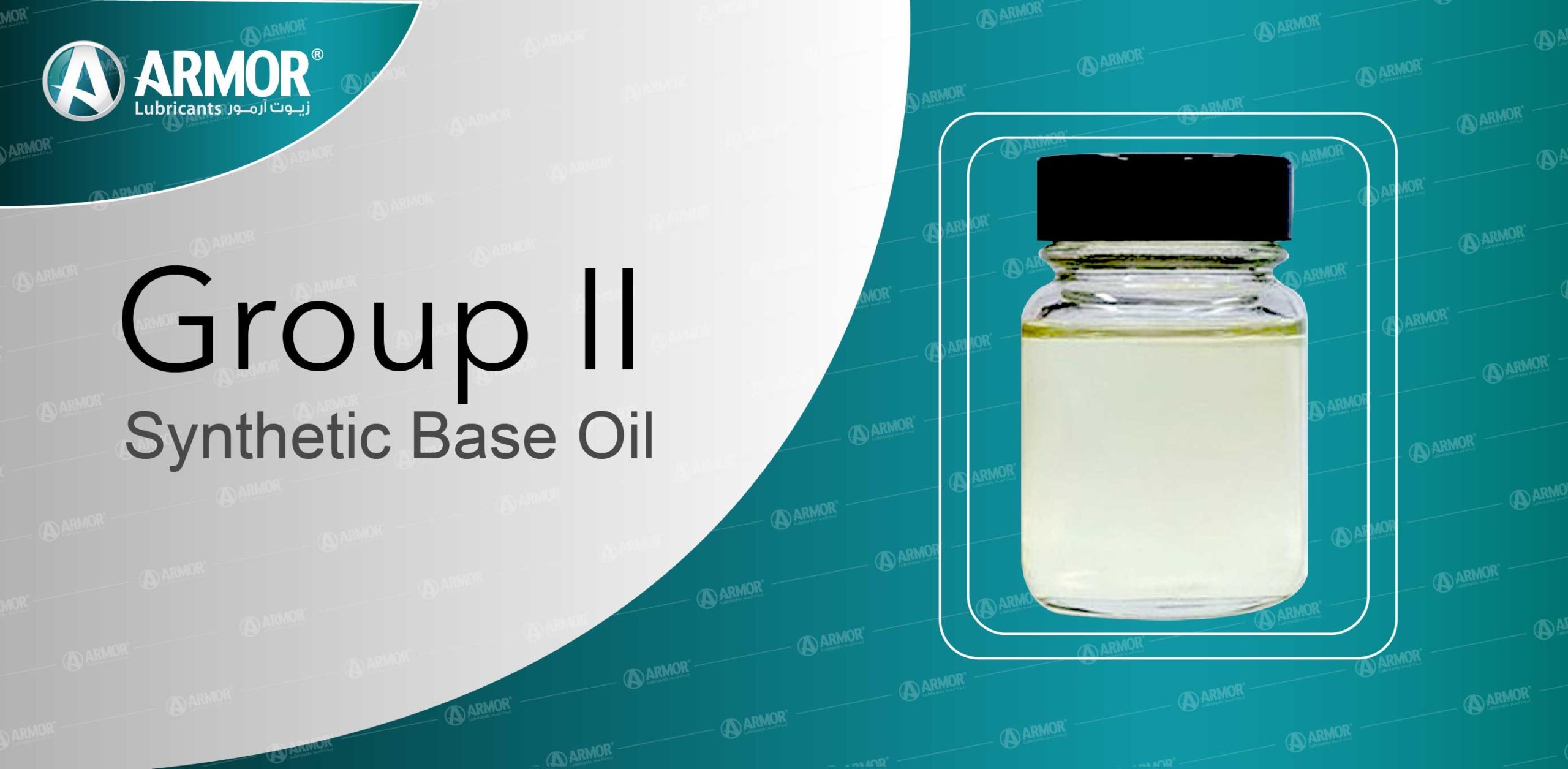
Group II – Oils
are almost identical to Group I oils with the exception of their manufacturing process. These products are manufactured through hydrocracking, which makes them more expensive than Group I products. They also feature improved antioxidation properties and are clearer in color. Note that there is also a sub-type here called Group II Plus, which is comprised of products that deliver a higher viscosity rating (around 115).
Group III
These oils differ from the previous two groups in several ways. One of those is that they fall above 120 on the viscosity index. They are also severely hydrocracked and are considered significantly purer than the lower-rated oils. In some cases, they are called synthesized hydrocarbons, despite the fact that they are refined from crude oil.
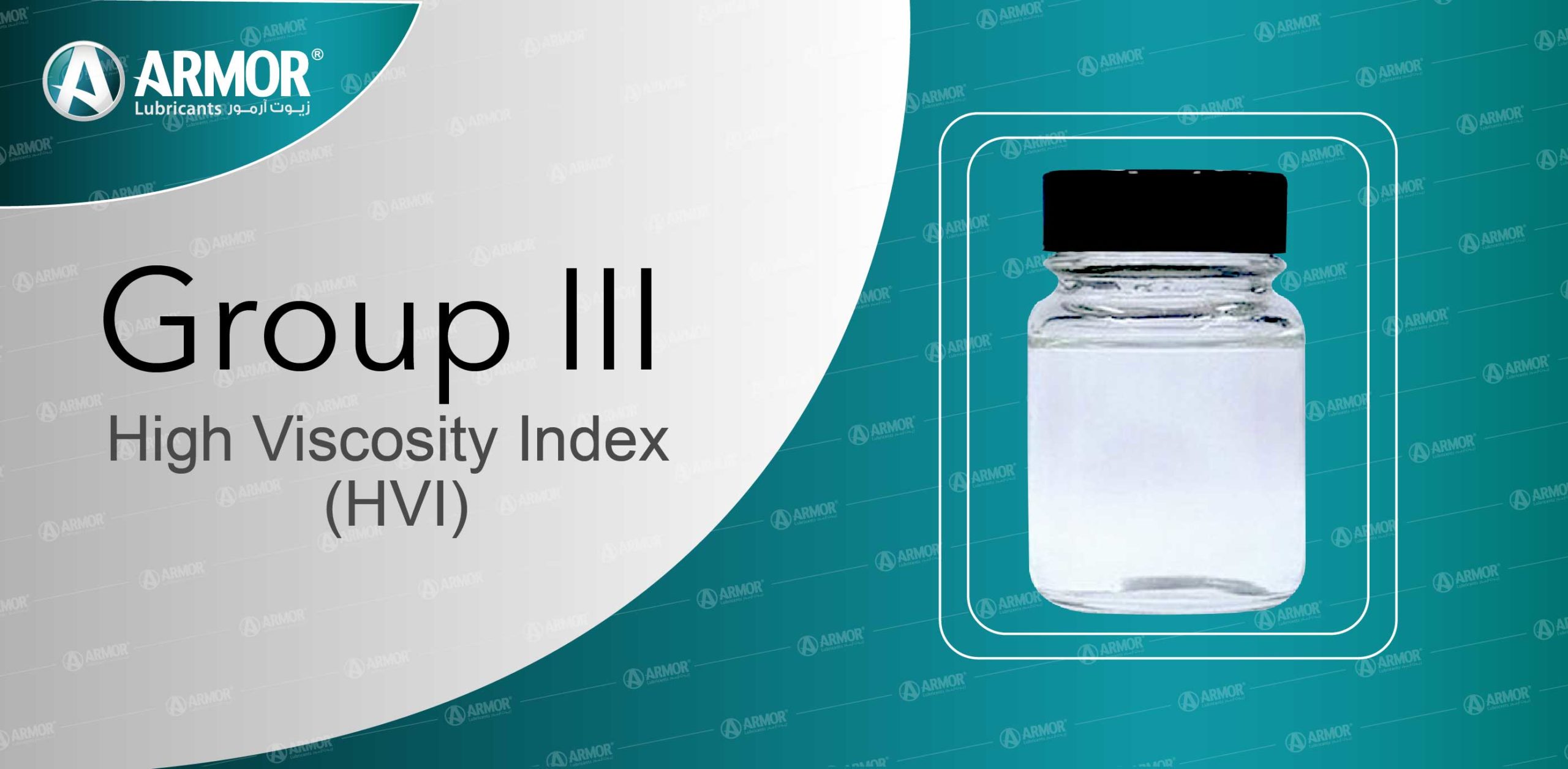

Group IV
This group of oils is fully synthetic and made from polyalphaolefins, or PAOs. While more costly than Group I, II, or III oils, these products delivers superior heat resistance, lifespan, protection, and other key benefits, which is one reason that they are becoming much more commonly used today in applications ranging from consumer vehicle engines to plant manufacturing equipment.
Group V
These oils include a wide range of products not found in other categories, including bio lubes and silicone to name just two. They are rarely used on their own in an application. Instead, they are combined with other oils to deliver important properties, such as improved heat resistance, antioxidation capabilities, and the like.
Performance
Today, Group II base oils are the most frequently used in plant and manufacturing settings, while Group IV is the most commonly used with new automobiles. Group I products are falling out of favor, while Group III remains limited in use due to the cost. The right base oil is essential for performance, emissions reductions, machinery lifespan, and other key qualities, and the right lubricants manufacturer can help ensure that you choose the best base oil for your needs.
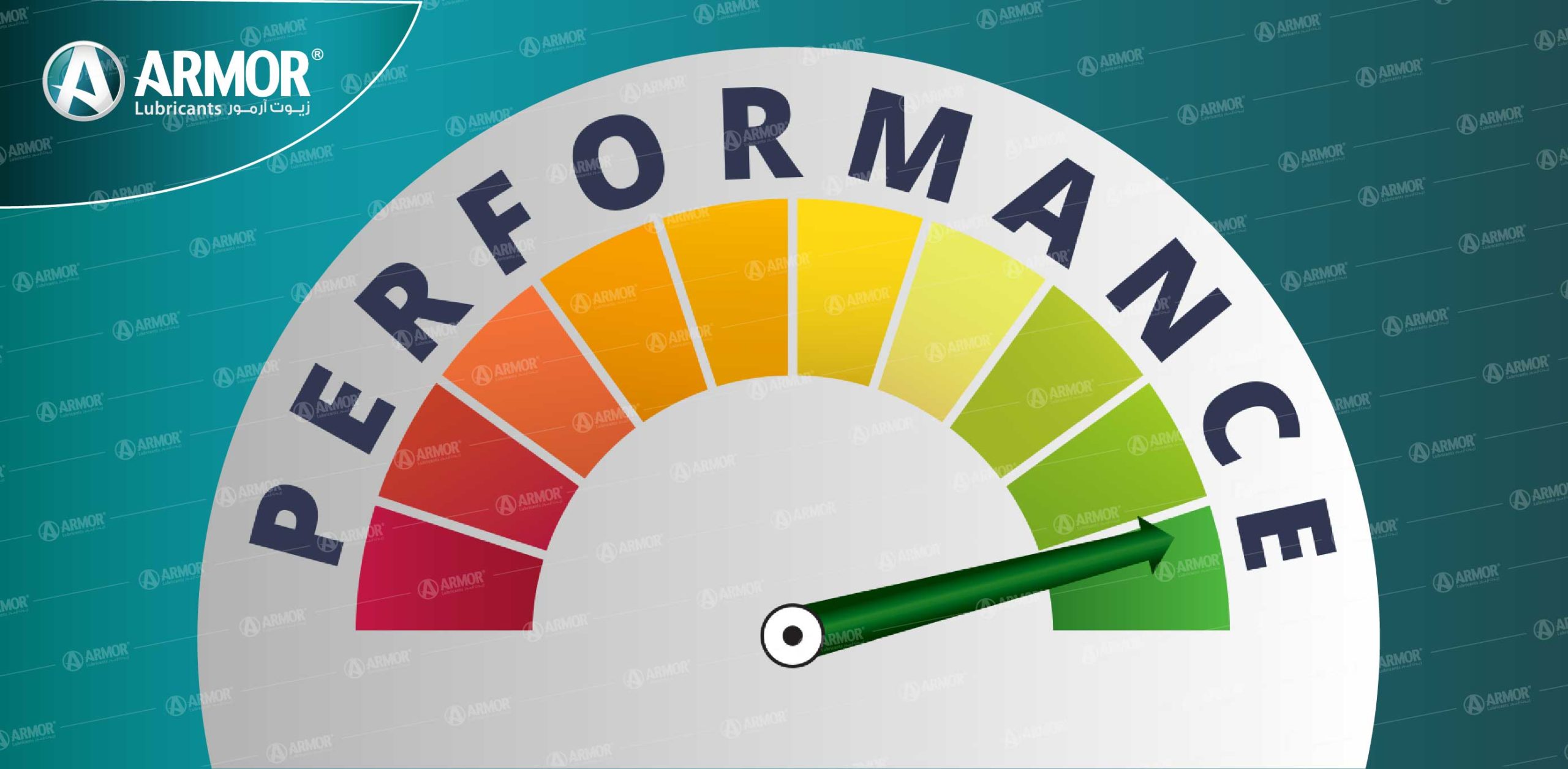
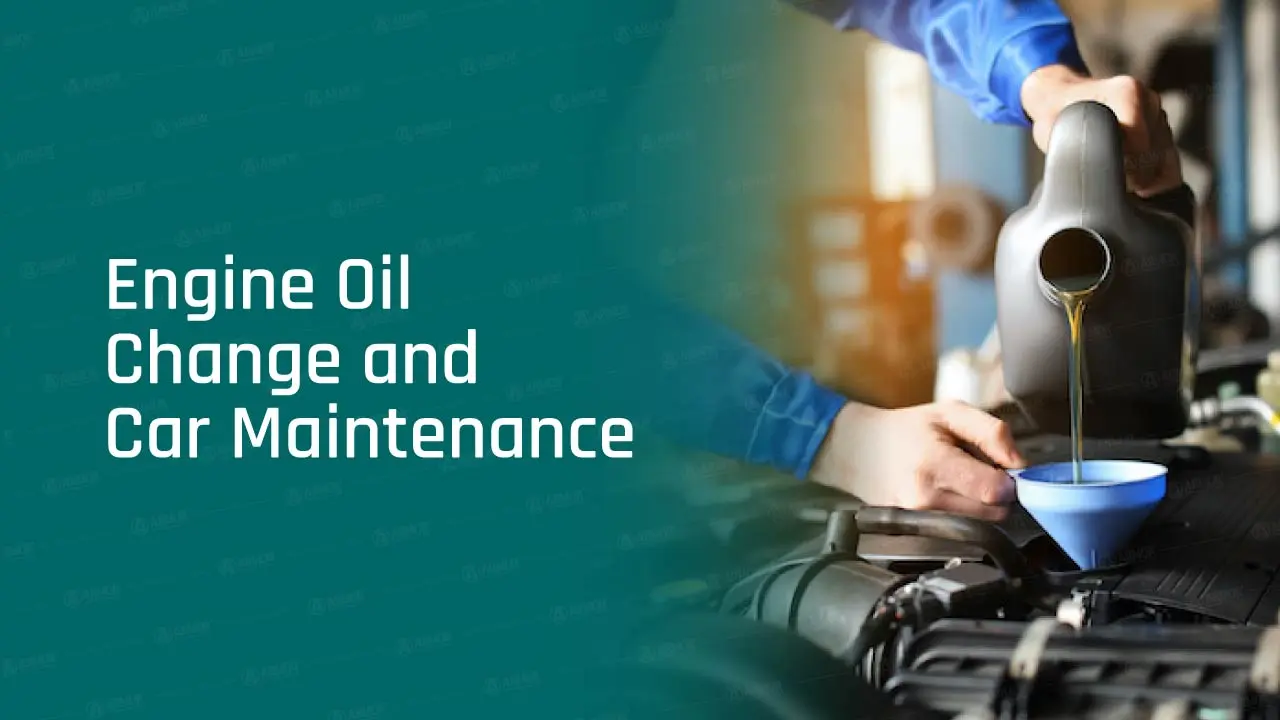
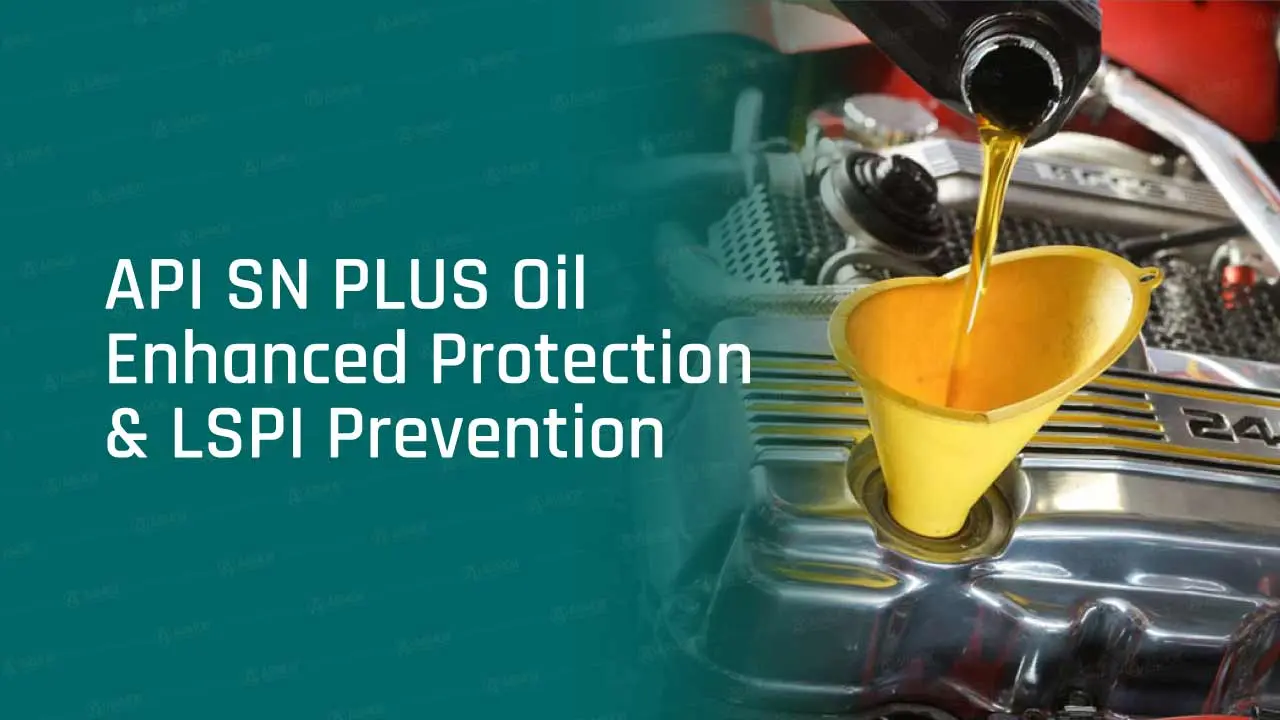


 Spear lubricants
Spear lubricants Armada lubricant
Armada lubricant Ace lubricants
Ace lubricants Perfect lubricants
Perfect lubricants Enzo lubricants
Enzo lubricants Lawrence lubricants
Lawrence lubricants